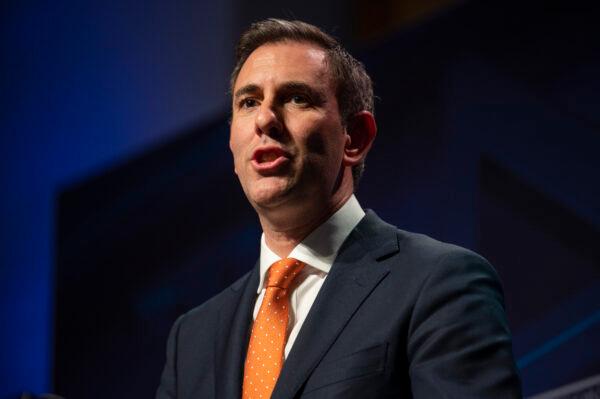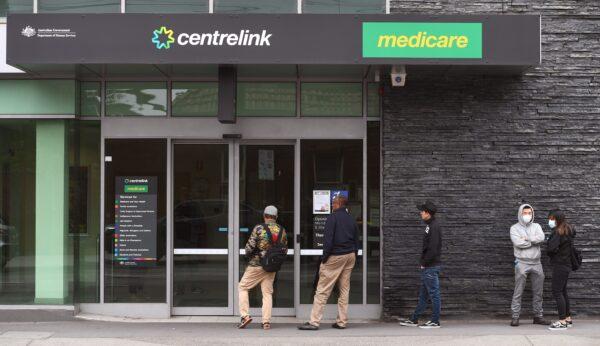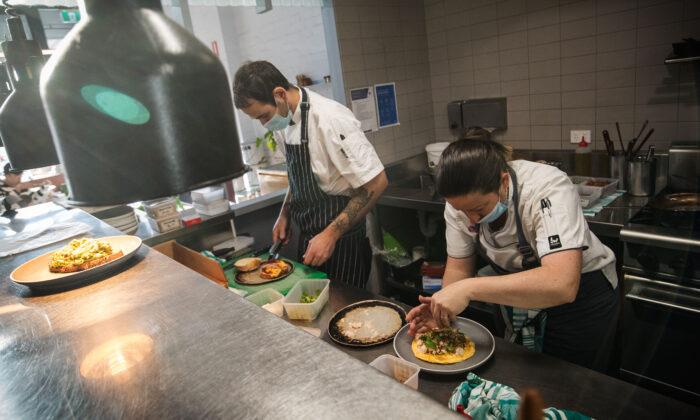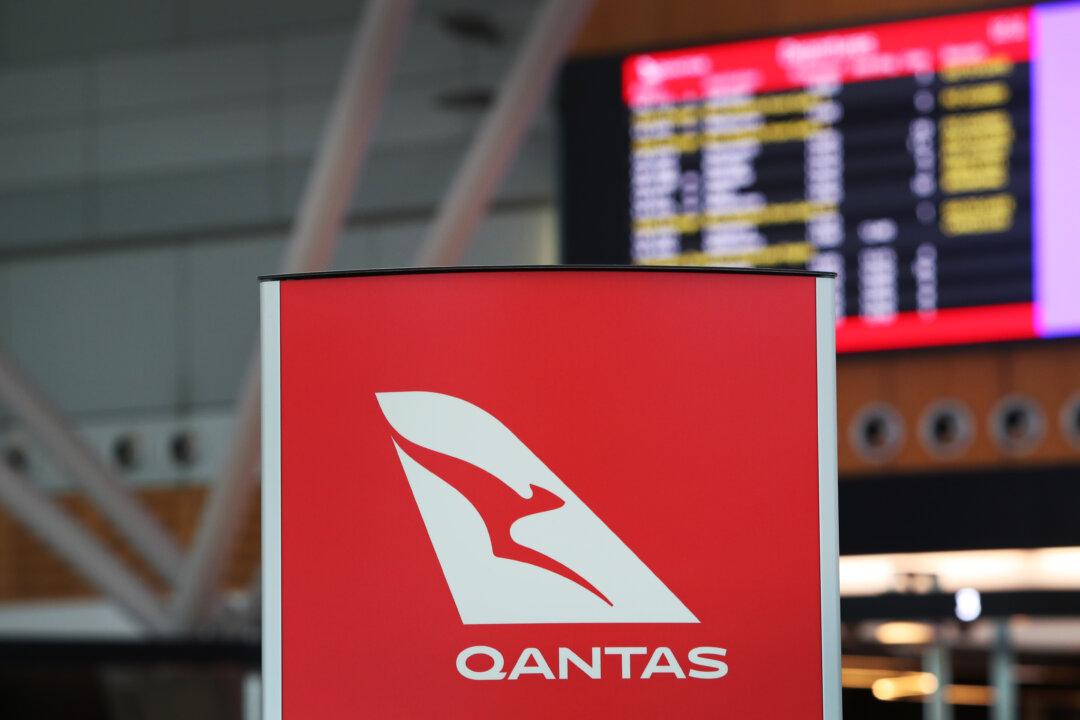Employers will be required to pay superannuation on fortnightly cycles instead of every three months in the latest crackdown on pension underpayments.
The Labor government said the policy would allow an average 25-year-old income earner to get an extra $6,000 (US$3,980) or 1.5 percent in super payments when they retired.
Treasurer Jim Chalmers said the change was common sense.
“The main reason for that is it will make it less likely that people will miss out on the super that they’ve earned and that they’re entitled to.”
The treasurer also said the announcement was made in advance to give businesses enough time to adapt to the new policy.
“We have deliberately given employers and super funds and others a long run-up until 2026 so that they can prepare for this change,” Chalmers said.

The government noted that workers who were in lower-paid, casual, and insecure work would benefit more from the policy as it made it harder for employers to exploit them.
According to the Australia Tax Office (ATO), Australian businesses owed around $3.4 billion in super payments in the 2019-2020 financial year.
Tax Authority Will Also Crack Down on Underpayment
Along with changes to the super system, the government also announced more resources for the ATO, as well as new internal targets for recovery payments.Treasury and the ATO will consult with the super industry and other stakeholders in the second half of 2023.
The Association of Superannuation Funds, a peak industry body, welcomed the government’s announcement, saying it would limit the build-up of super liabilities and hold employers to account.
“For example, a 35-year-old on $65,000 per year who misses out on SG for two years would be around $24,000 worse off in today’s dollars at the time of retirement.”
Super Consumers Australia said the new changes would strengthen the ATO’s ability to identify missed payments and allow it to take more serious action against employers engaged in wage theft.
“We encourage people to report unpaid super to the ATO if they can’t resolve the issue directly with their employer.”
Meanwhile, Liberal Senator Andrew Bragg criticised the policy, saying it protected the interests of super funds, unions and class action law firms.
Treasurer Does Not Confirm Whether Welfare Payments Will Increase
Treasurer Chalmers did not confirm whether support payments for older recipients of JobSeeker would be increased in the May 9 budget.The media outlet said the lift in welfare payment was likely to be modest and would not reach the $100 a week that advocacy groups were seeking.

While the treasurer acknowledged that people over 55, particularly women, were most likely to be unemployed, he said the current welfare system had different support payments for different age groups.
“It already pays a different rate at the moment for people over 60, and that’s in recognition that it’s harder to find a new job at the end of your working life.”
At the same time, the treasurer indicated that the government was not in a position to provide more handouts as people expected.
“No government can satisfy all of the calls for more spending in the budget, particularly at a time when we’ve got persistently high inflation and structural deficits,” Chalmers said.





